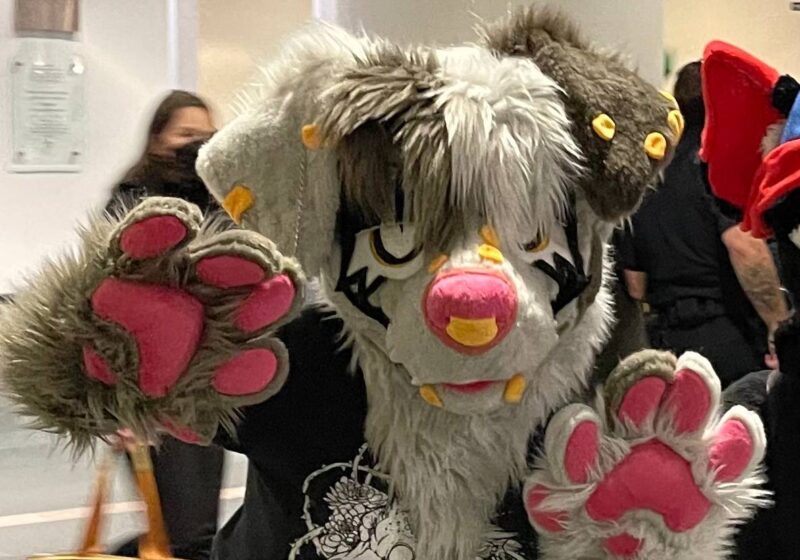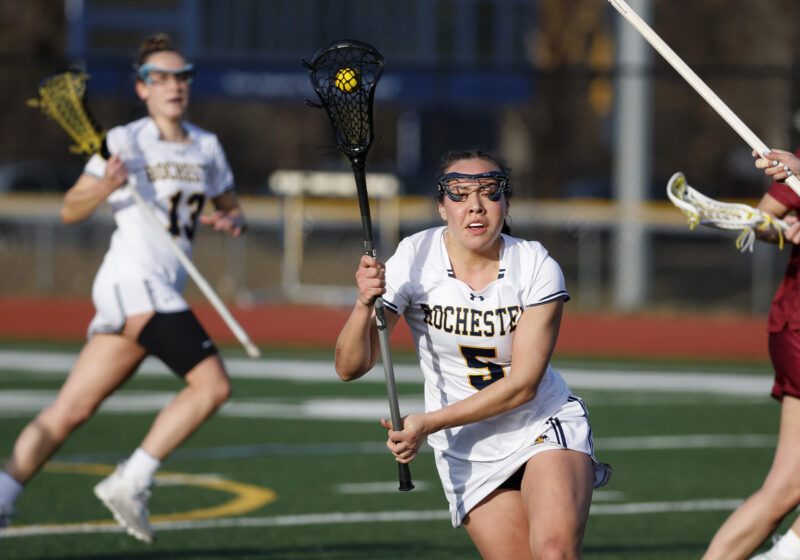When I became a bartender last fall, I admit, I had an ulterior motive. Granted, the benefit package of alcohol and girls a package that appears far too infrequently in my CPU Box – was an enticing perk. But I entered the game with intentions far more befitting someone enrolled in a classy institution such as UR – to utilize the psychological skills my degree has honed to study the stumbling subjects that fill my bar. Yes, my bar-going is indeed in the pursuit of knowledge, and in the end, my exhaustive research revealed one immutable fact – the average age of the patron of any given bar hovers at about 5/6 of the required age of said bar. If the establishment is 18 and over, you can count on a populous of high school sophomores. 21 and over? You’re invariably canoodling with a mean age of 18 or 19 year – this average of course excluding the outlying 73’s contributed by the requisite shady old men. Yet, because of the considerable amount of time spent researching, I think I can explain this odd age anomaly. From what I’ve been able to discern, contemporary male bar patrons think in much the same way as their predecessors from over 1200 years ago. Back during the Middle Ages, women hit their reproductive peak shortly into their teenage years. These women were highly sought after for their nubile characteristics, and as such were quickly snatched up by suitors. Marrying and conceiving with 16-year-old girls was not only acceptable, but encouraged – and to think, they called them the Dark Ages. Thus, when the modern college-aged male ventures out for an evening of carousing, it is in pursuit of one thing and one thing alone – progeny. Where else then, but a Tangueray and teenager-festooned bar, would he want to go? After all, if a gentleman sees a girl his own age in a bar, it is easy to assume that at her staggering age of at least 21, if not higher, she has already borne a considerable litter and is of limited propagatory use. The younger women know this, I imagine, and by arriving at the bars in droves provide comfort for the distressed male seeking to extend his lineage. Of course, it’s not always that simple.Modern law and the chivalric practices of yore seem to have digressed a bit over the years, and obstacles have been imposed, most likely by Quakers, to quell the reproductive efforts of our nation’s youth – not the least of which is the crippling designation of 21 as the national drinking age. But it’s going to take more than a number to stop these young women.From my post behind the bar, I’ve been exposed to a creative assortment of felonies as intrepid gals battle their way past the bouncers. Generally speaking, a hierarchy of forgeries is recognized – the first of which is the infamous chalked ID. The process, which rarely, if ever, actually involves chalk, is instead performed by etching a canyon of colored pencil into the birthdate of one’s ID – occasionally in a color that matches those actually appearing on the license / canvas at hand – and rendering the ID an odd combination of Braille and Monet. The method is particularly successful if the identification inspector happens to be pink / teal colorblind.The next step would be the creation of an entirely new license. These computer-created fakes can usually be found on a medium that feels little to nothing like the license being imitated, except for Wyoming, whose laminated construction-paper-and-crayon license has been reproduced flawlessly on a number of occasions. The well-traveled templates used in the creation of fakes are responsible for a phenomenon called “Jersification,” in which every single person in an Oregon college bar is amazingly from New Jersey, perhaps even from the same town and street address.Finally, the most successful identificatory charade is doubtlessly securing the license of someone who shares a similar trait with you and passing that ID off as your own. Having brown eyes myself, I have had a surprising amount of luck employing Shakira’s license at local bars and gas stations. Similarly, it is no coincidence that at most college bars you will meet bafflingly youthful 35-year-olds, many of whom boast accessories such as braces and / or pigtails – all of which have been acquired since the photo was taken in 1969. Of course, all of these methods would be significantly more daunting were it not for the tendency of bouncers’ eyesight to fluctuate drastically in power. One moment, their keen vision might detect even the slightest forgery in the ID of a young male. Then, just seconds later as a scantily clad young lass approaches, the bouncers’ eyesight spikes into absolute blindness, leaving their arms flailing about the air in a vain search for the filly’s ID. Yet, in further defiance of all optometrical law, their vision will instantly return to top form just in time to intercept the New Jersey licenses being presented by nineteen gentlemen in line. It’s a remarkable spectacle to observe.It’s also a spectacle I feel that I’m fortunate to observe, for it, just as with the myriad mock-ups being presented at the door, are all part of the experience. If child-rearing is what is sought, then I take a certain amount of pride knowing that the drinks I serve play an integral part in the process of introducing future mates, even if the subsequent familial aesthetics are lower than had been soberly hoped for. Knowing that little Teddy came from a Captain and Coke I served, well . . . that’s what gets me out of bed in the morning.Meanwhile, as for myself, I’ll continue to talk to all the ladies that approach, knowing that someday, sometime, the future Mama Janowitz will arrive, and – if her brood isn’t already too numerous – provide with me the offspring that has thus far eluded me.I only hope that she has an ID.Janowitz can be reached at njanowitz@campustimes.org.
Gaza Solidarity Encampment
Live updates: Wallis Hall sit-ins
Editor’s Note (5/4/24): This article is no longer being updated. For our most up to date coverage, look for articles…
BIC
Furries on UR campus?
A few months ago, as I did my daily walk to class through the tunnels to escape the February cold,…
Lacrosse
UR Womens’ Lacrosse trounces Nazareth 17-5
UR’s Womens’ Lacrosse team beat Nazareth University 17–5 on Tuesday at Fauver Stadium.


